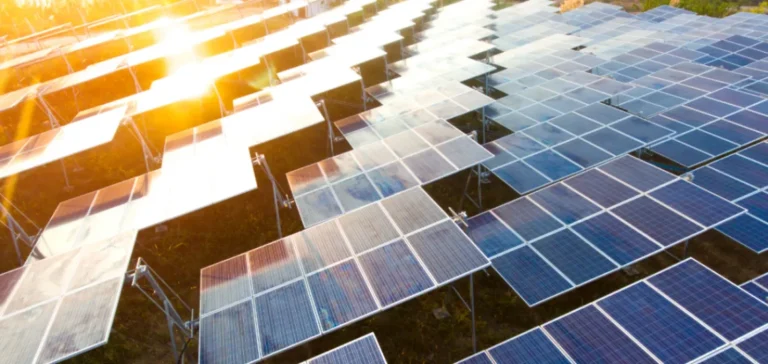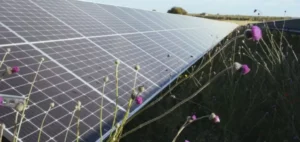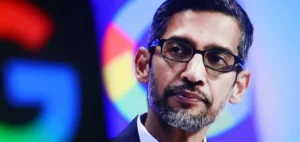The U.S. solar industry installed nearly 18 gigawatts (GW) of new capacity in the first half of 2025, according to the latest sector data. Combined, solar and storage made up 82% of all net additions to the power grid, amid a tightening regulatory environment driven by the Trump administration.
Market momentum tempered by long-term forecasts
Updated projections from the U.S. Solar Market Insight Q3 2025 report, published by the Solar Energy Industries Association (SEIA) and research firm Wood Mackenzie, indicate a potential drop of 44 GW in solar capacity by 2030 if current policies remain in place. This would represent an 18% decline compared to projections before the implementation of the HR1 law (One Big Beautiful Bill Act). Compared to earlier pre-HR1 scenarios, the total potential loss could reach 55 GW, or 21%.
Solar expansion led by conservative states
According to the same report, 77% of all solar capacity installed in 2025 was built in states won by President Trump during the previous election. Among the top 10 states for new installations were Texas, Indiana, Arizona, Florida, Ohio, Missouri, Kentucky and Arkansas.
Industrial capacity rises, but upstream stagnates
In the first half of 2025, the U.S. added 13 GW of solar module manufacturing capacity, with new or expanded facilities in Texas, Indiana and Minnesota. The country now has a total of 55 GW in module production capacity. However, no new upstream industrial projects were launched in the second quarter, as federal policy signals are perceived as potential barriers to private investment.
Permitting pressures and regulatory uncertainty
One of the most sensitive points in the report concerns an order from the Department of the Interior (DOI) that imposes more restrictive permitting conditions on solar projects. Around 44 GW of planned capacity is exposed to these new constraints, particularly in Arizona, California and Nevada.
Michelle Davis, head of solar research at Wood Mackenzie, stated that the permitting environment “could create more constraints” for solar projects. She also noted that the sector is already contending with major changes stemming from HR1.
Risks to electricity prices and domestic industry
In a recent letter to DOI Secretary Doug Burgum, SEIA warned that these measures could lead to job losses, higher electricity prices, and reduced competitiveness of the U.S. economy. At the same time, SEIA presented a set of recommendations aimed at strengthening national grid reliability, as demand continues to rise and gas-fired generation becomes less economically viable.






















